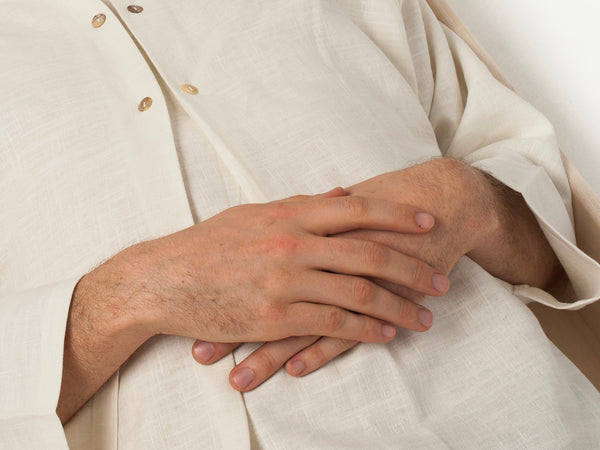Thanatopraxy
What is Thanatopraxy?
The idea of embalming is that the deceased will retain a natural appearance for a number of days. A more lively body and the preservation of character traits can make saying goodbye easier. By injecting a preservative fluid into the blood vessels, the decomposition process can be slowed down for up to ten days. This fluid ensures that the moisture content remains at the right level, which means that the facial features do not change shape or color.
How exactly does it work?
The fluid is introduced through an artery in the neck of the deceased, while the existing blood is drained through another vein. The small openings that are made to do this can easily be closed and concealed. In order to distribute the fluid well, the limbs are massaged during this procedure. The duration of this treatment depends on the body's size, usually about three hours. For larger bodies, more fluid is used, and the procedure takes longer. Under the right circumstances, the treatment can be performed at home.
The effect
Because the blood circulation stops after death, dark spots normally appear on the body, known as livid spots. This happens because the blood sinks to the lowest parts of the body. Thanatopraxy makes these spots disappear and the body gets a natural color. The facial features also remain intact due to the treatment.
Benefits when using a shroud
Thanatopraxy makes the body of a deceased more approachable, the body becomes soft and hygienic. This softness fits well with the use of a shroud. Another great advantage of the treatment is that no cooling elements need to be used. By slowing down the decomposition process, there are far fewer problems with corpse fluid, a pleasant side effect of using a shroud.
How do I arrange a Thanatopraxy?
Together with your funeral director, you can look at the possibilities regarding thanatopraxy. The funeral director has experience with this and can advise you well. Usually a treatment costs around €500,-, depending on the thanatopractor. On this page, you can read more about the difference between embalming and thanatopraxy .


